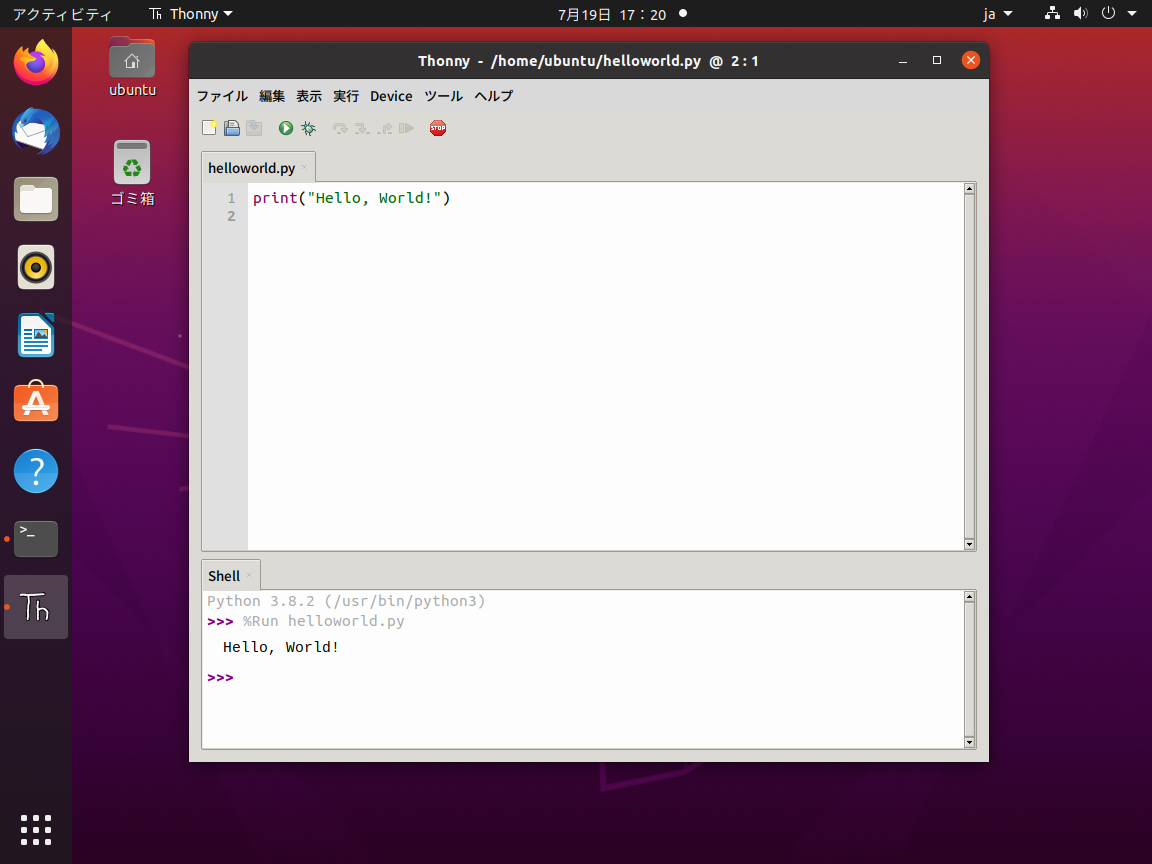

P5 – not to be confused with p5.js – is a Python package based on the core ideas of Processing. It’s a stand-alone program that you simply run directly off your USB drive, or from wherever you choose to copy it to your computer (i.e. Portable ApplicationsĪ ‘portable’ application is one that does not include an installer. It’s multi-platform (Windows, Mac, Linux), open-source, and there’s a portable version too. The Thonny user interface is stripped back, but you can display several extra panels, like a panel to list your variables, an outline panel for your functions, an object inspector, an interactive debugger, a shell, a plotter, and more. In a downloadable zip file, less than 30 MB in size, you get a neat editor bundled with Python (version 3.7 at the time of writing).

Thonny offers a quick and easy way to get coding in Python. If you haven’t heard about Thonny, it’s a Python IDE catering to any beginners looking to dabble in Python. The process is similar for Mac and Linux setups, although I will not cover the procedure for these platforms.
#DOWNLOAD THONNY FOR WINDOWS 7 HOW TO#
This post covers how to roll-your-own portable Thonny + p5 IDE for Windows computers. This is quite different from p5 – like Processing.py, py5 also leverages Processing’s core libraries. I’ve written a more recent post on combining Thonny and py5. This Thonny-p5 combo is also handy for teaching programming in computer labs where students cannot install software, or any situation where you’d prefer to run an application in a portable fashion. There are situations where you may prefer to use p5 over Processing Python Mode / Processing.py, which I discuss in this post. You can combine Thonny and p5 for a Processing-esque, Python 3 development environment that runs off a USB drive.


 0 kommentar(er)
0 kommentar(er)
